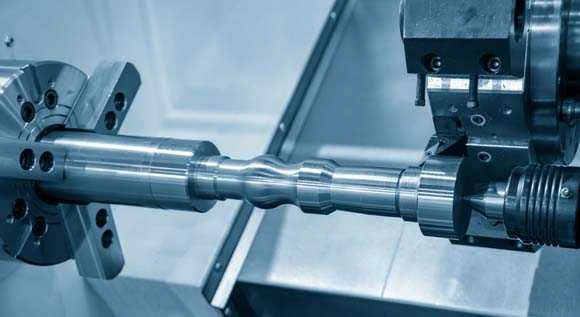2. Large grinding wheel and small grinding wheel

Large Grinding Wheel and Small Grinding Wheel
Grinding wheels play a crucial role in various industries, such as manufacturing, construction, and automotive. Among the different types of grinding wheels available, two common ones are the large grinding wheel and the small grinding wheel. In this article, we will delve into the characteristics, applications, and advantages of both types.
The large grinding wheel, as the name suggests, is significantly bigger in size compared to the small grinding wheel. Its diameter can range from several inches to several feet, depending on the specific application. Large grinding wheels are typically used for heavy-duty tasks that require substantial material removal. Common examples include grinding large metal surfaces, such as those found in shipbuilding or construction projects.
One of the distinguishing features of large grinding wheels is their capability to withstand high forces and vibrations. They are designed with a robust structure and reinforced materials to handle the intense workload. Consequently, large grinding wheels are known for their durability, longevity, and ability to sustain prolonged usage without significant wear. These characteristics make them ideal for industrial applications that involve continuous grinding operations.
On the other hand, small grinding wheels are compact, lightweight, and versatile. They have a diameter ranging from a few millimeters to a couple of inches. Small grinding wheels are commonly used for precision work such as sharpening tools, shaping intricate parts, or polishing delicate surfaces. Due to their smaller size, they offer greater control and precision when working on intricate details.
Small grinding wheels are often made from abrasives such as diamond, cubic boron nitride, or aluminum oxide. These materials have exceptional hardness and abrasive properties, ensuring efficient material removal and a smooth finish. Additionally, the compact size of small grinding wheels allows for easy maneuverability and access to hard-to-reach areas, enhancing their versatility and usability in various industries.
Both large and small grinding wheels have their advantages and disadvantages, making them suitable for specific applications. Large grinding wheels excel in heavy-duty tasks where a substantial amount of material needs to be removed quickly. Moreover, their durability and longevity contribute to cost-effectiveness in industrial settings.
On the other hand, small grinding wheels are preferred for precision work that demands intricate details and smooth finishes. Their compact size and versatility make them indispensable in fields such as jewelry making, fine woodworking, and metalworking. Furthermore, the ability to reach tight spaces ensures that no contour or detail is left untouched.
In conclusion, both the large grinding wheel and the small grinding wheel play crucial roles in various industries. While large grinding wheels excel in heavy-duty tasks, small grinding wheels are perfect for precision work. Choosing the right type of grinding wheel depends on the specific application and the desired outcome. Whether it’s removing large amounts of material or achieving intricate details, these grinding wheels provide the essential tools necessary for optimal results in industrial and artistic endeavors.
.webp)





